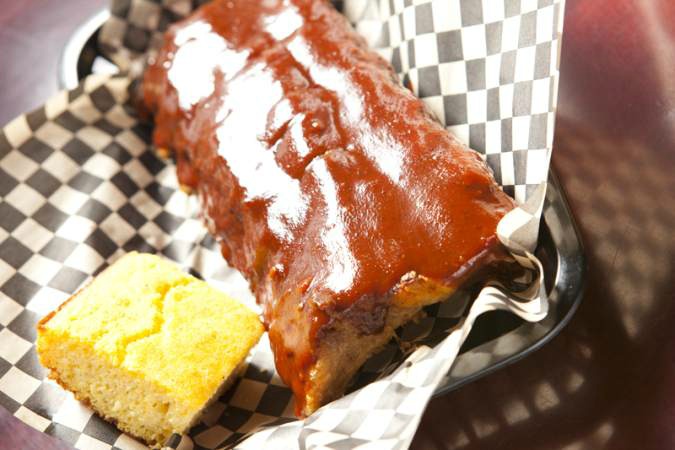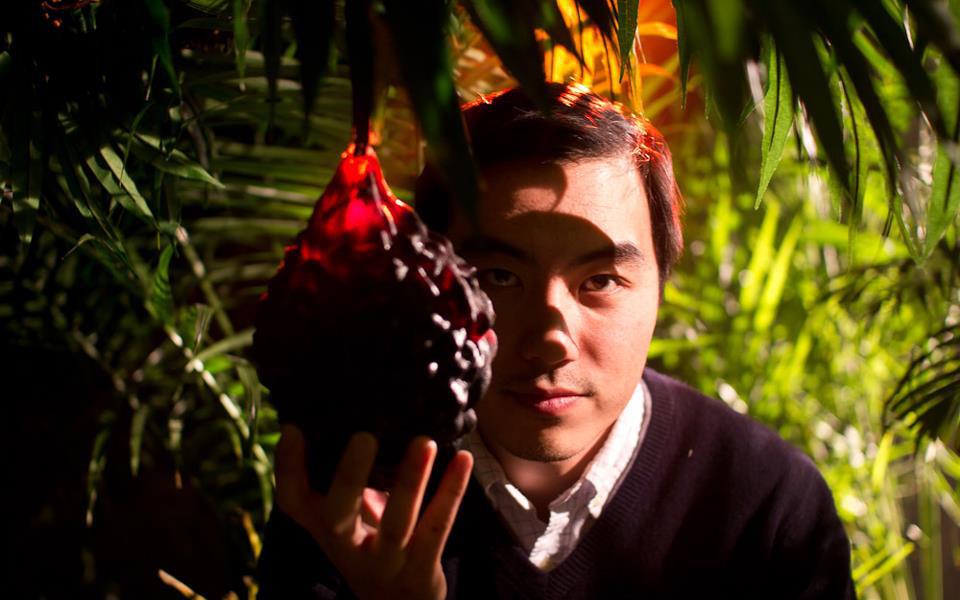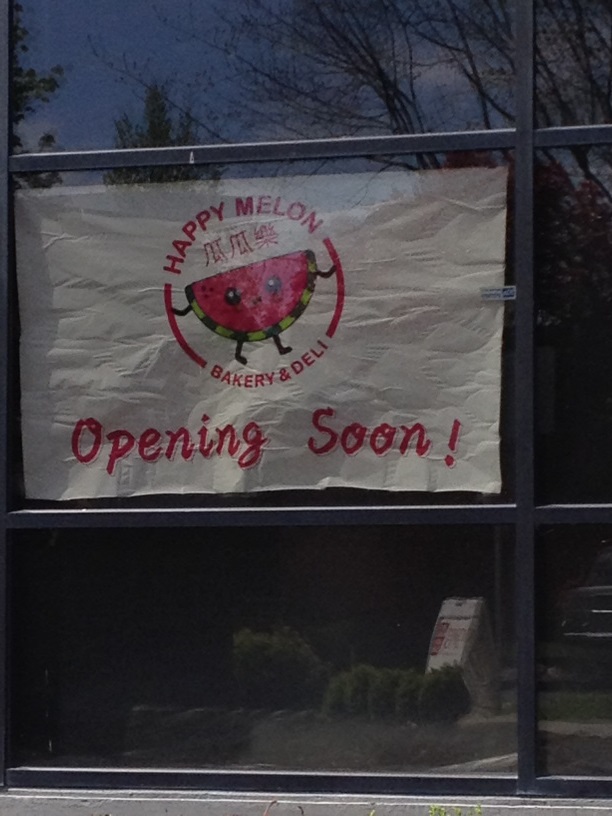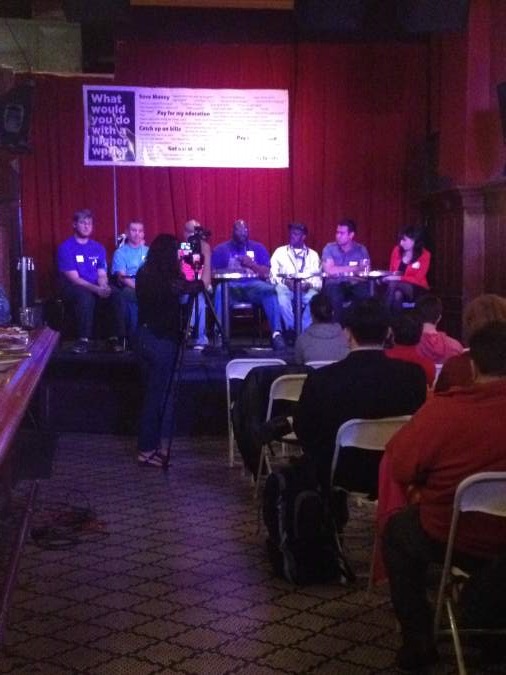It’s far too early to assess the quality of the barbecue at Drunky’s Two Shoe BBQ, scheduled to open this summer in Fremont, but an Eater interview with owner Nate Rezac is likely to make smoked meat connoisseurs lower their expectations a notch or two.
“So, we’re going to have a 6 1/2-foot tall by 8-foot wide steel smoker that’s right in the center of the restaurant,” Rezac told Eater editor Julien Perry, who got the scoop on the restaurant’s debut. “We will be opening that smoker ever so often and rotating the meat, checking the meat in front of everybody so they can really see the process.”That would be the process of ruining good meat, according to most serious pit masters. As the barbecue saying goes, “if you’re looking, you’re not cooking.”Pitmasters don’t just load up their smokers and walk away, unless they have particularly impressive fire insurance policies. They’re constantly tending flames to make sure the pit doesn’t get too warm or too cool. “Everyone asks for me to pose for pictures holding a knife, but I’d say my primary tool is a shovel,” Will Fleischman of Dallas’ Lockhart Smokehouse told me last year when I interviewed him for a Southern Living barbecue package. (Fleischman has the kind of beard which inspires picture-takers.)Professional pitmasters base their temperature and timing decisions on experience and gut instinct. That’s because swinging open a smoker’s doors causes the collected warm air to whoosh out, severely disrupting the cooking. Time’s Josh Ozersky has likened the stop-and-peek style to “trying to do your taxes and having to stop every 15 minutes to answer stupid questions about domestic issues like where the scissors are.” “Beginning barbecuers are often tempted to check in often on their meat, to make sure it’s still there,” Ozersky counseled in a 2010 list of tips for hobbyists. “Don’t worry. It’s not going anywhere.”But Fleischman is sympathetic to the anxieties that a closed pit breeds. “The hardest part of watching the pit is not developing insecurity,” he says. “Because you want the wood to speak to you, and it sits in mute defiance. The age-old question of how do you know when it’s done is where insecurity lies.”There is no recipe for great barbecue, because the unique shape, size and fat content of each cut determines how long it needs to cook. Fleischman says a timetable for smoking brisket is about as trustworthy as “a generalization about all redheads.”Still, timetables and stolen glances bring some comfort to beginners who fear their meat will be bloody or charred when they pull it from the pit just before the dinner bell rings.
“Home smokers develop insecurity, sitting in their easy chairs, wishing the smoke would give them a signal,” he says.Fleischman first opens his pit’s doors about eight hours into the 10-plus hour cook. And even then, he’s not looking, he’s feeling. As he explained in a segment of our interview which didn’t make the Southern Living cut, “It’s the amount of jiggle versus the amount of firmness, as if I was watching adolescent girls go off a diving board.”Clearly, Fleischman isn’t immune to the power of visuals. But I’m nearly certain he’d agree there are better ways to stage a show than prematurely opening a pit.








